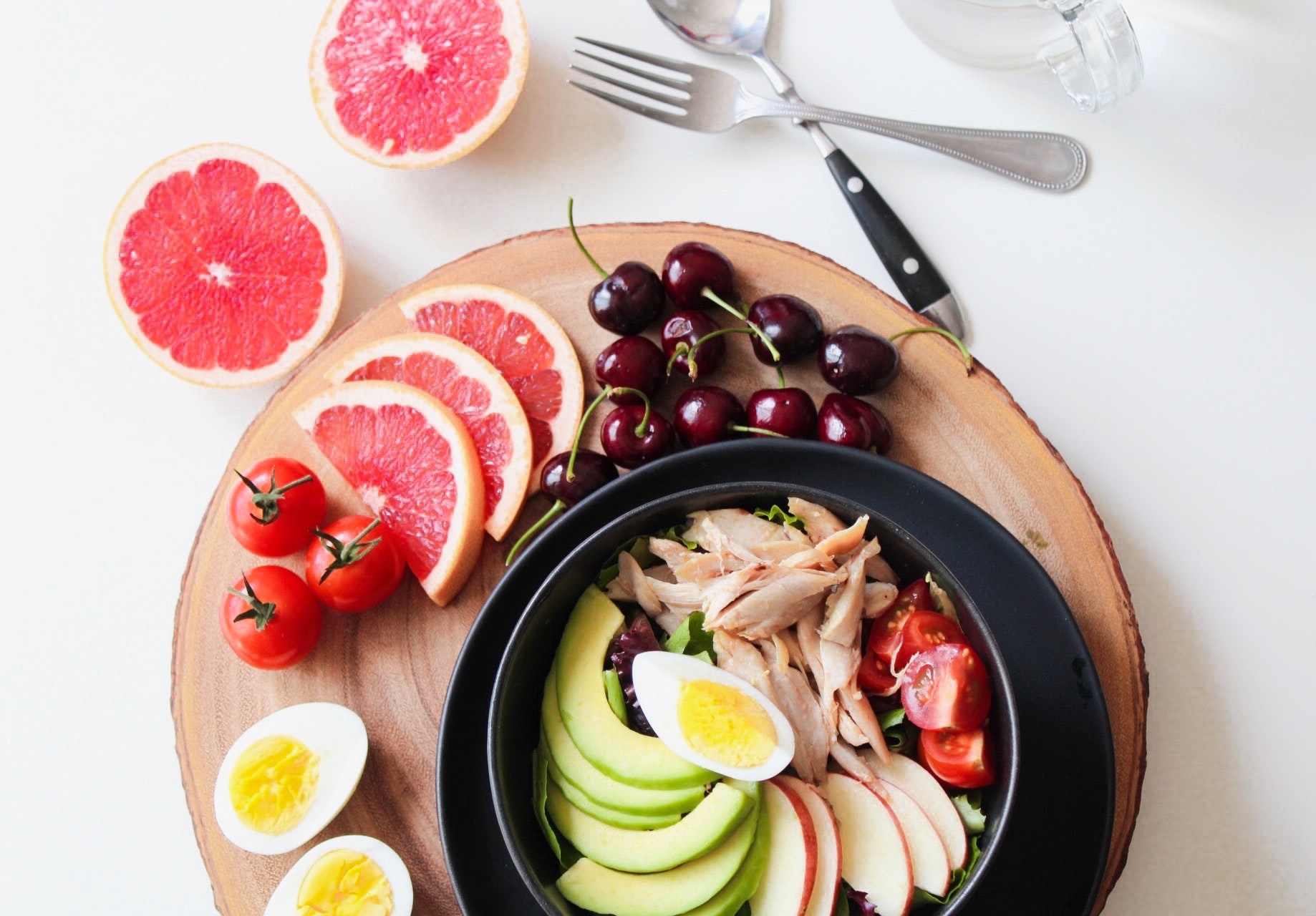First and foremost, the pursuit of health is an individual choice and will look very different from person to person. Second, nutrition and movement are just two tiny pieces to the big pie. Genetics, sleep hygiene, stress, stigma (racism, sexism, sizeism), age, gender, sex, sexual orientation, accessibility to health care, economic factors, work environment, environmental quality, access to food…. this list could go on and on.
So, if you decide that you want to eat and move your body in a way that promotes your health, it’s important to remember that they do not guarantee health. Even more so, what is listed below may not jive for you… and that’s okay!
This is very general advice, not commandment. There’s a lot of gray in the way we eat and move our bodies (and a lot of options in how we do so). What looks or feels ‘healthy’ for one person may not work for another because we are all individually unique human beings.
This is important to keep in mind when you are coaching clients on nutrition.
How to Enhance Movement Through Nutrition
For the most part, to enhance your health with nutrition and movement, you should add to your life and not restrict—as we are often led to believe by ‘wellness culture’. This is especially true if you are new to movement, as you should eat MORE than you were before, not less.
The food piece for joyful (and safe) movement + a happy body:
Food is fuel, but it is also a big part of how we experience and enjoy this world. If you are moving your body, you should eat before and after (and maybe during and definitely between movement sessions).
Prior to movement, your body NEEDS carbohydrates. Carbohydrates are muscle sparing. This means if you don’t have enough sugar in your stores (located in your muscle and liver as glycogen and maybe some in the bloodstream if you ate recently) your body will resort to breaking your muscles down for fuel, which is not ideal! So if it’s been more than two hours since your last meal and you’re about to participate in an activity, consider eating simple carbohydrates This could include: fruit, graham crackers, juice, toast, granola bars, or even gummy candies. You may find that certain foods work better for you prior to working out, and this can change, don’t hesitate to try different things to find what fits best.
During movement it is key to stay hydrated! For every hour of intense activity, you lose approximately one liter of fluid. Bring your water bottle, as dehydration can lead to poor performance, lightheadedness, confusion, or dizziness. Along with fluid lost, it is equally as important to replace electrolytes through something like a sports drink or other electrolyte supplements. If activity is going to last longer than two hours, it’s important to also consider snacks during the event. If we were to run for two hours, our body would be depleted of most of its easily used energy stores (that glycogen mentioned earlier).
After movement, you need to eat! If you are not sitting down to a full meal, it’s still important to eat something. Protein is especially important to begin the repair process of any damage the muscles incurred, as well as begin to replace our depleted carbohydrate stores. Some great options are chocolate milk, a peanut butter and jelly sandwich, crackers, nuts, fruit or many other options.The ideal ratio per research following strenuous exercise is a ratio of carbohydrates:protein that is approximately 4:1, but if that isn’t feasible, it’s most important that you just eat SOMETHING following activity. (1)
If you move your body you should be hungrier than the days you don’t. This is normal. What is important in addition to fueling your body before and after (and during as needed) is to continue to eat regularly between movement sessions. Ideally, in response to your hunger and fullness cues you should be hungry approximately every three to four hours.If you are able to identify your cues this should happen naturally whether you move or not.
Even on days you don’t move your body, you still need to eat. We don’t have to earn food and that’s not what movement is supposed to be about. Think of movement as a celebration of what our body can do, not punishment for eating. The amount someone needs to eat on days they don’t move varies person to person. Most likely won’t need a pre- and post-workout snack but should still be eating three solid meals and at least two to three snacks. Ideally, you would tune into your body’s cues of hunger and fullness to help guide you most of the time. If that is not accessible to you, consider eating about every three to four hours.
Movement should be safe and fun. It should allow you to do the things you love to do or enhance your ability to do them. Eating should be uncomplicated. The two should be a small piece of the big picture of not only your health, but life. If you struggle with either, do not hesitate to reach out to the experts. A personal trainer could give you individual movement advice and workouts, a group instructor could guide you through safe movement in a fun and supportive environment, and a dietitian could help you figure out your relationship with food and nutrition.
















